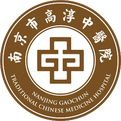
In daily life, we often encounter many Chinese medicinal herbs. Can you recognize them all?The Nanjing Gaochun Traditional Chinese Medicine Hospital’s official account has specially launched the “Chinese Herbal Garden” series to help everyone learn about the Chinese herbs in our lives.Please stay tuned.▼▼▼Bai Shao (White Peony) This product is the dried root of the plant Peony Paeonia lactiflora Pall. It is also known as:
Peony, Bai Shao Yao, Bo Shao, Bo Bai Shao, Hang Shao, Hang Bai Shao, Chao Bai Shao, Jiao Bai Shao, Jiu Bai Shao, Hua Hou, Guan Fang, Yan You, Yu Rong, He Li, Yu Dou, Fu Ding, Fu Wang, Yu Kui, Tian Kui.
Click the image to enlarge.
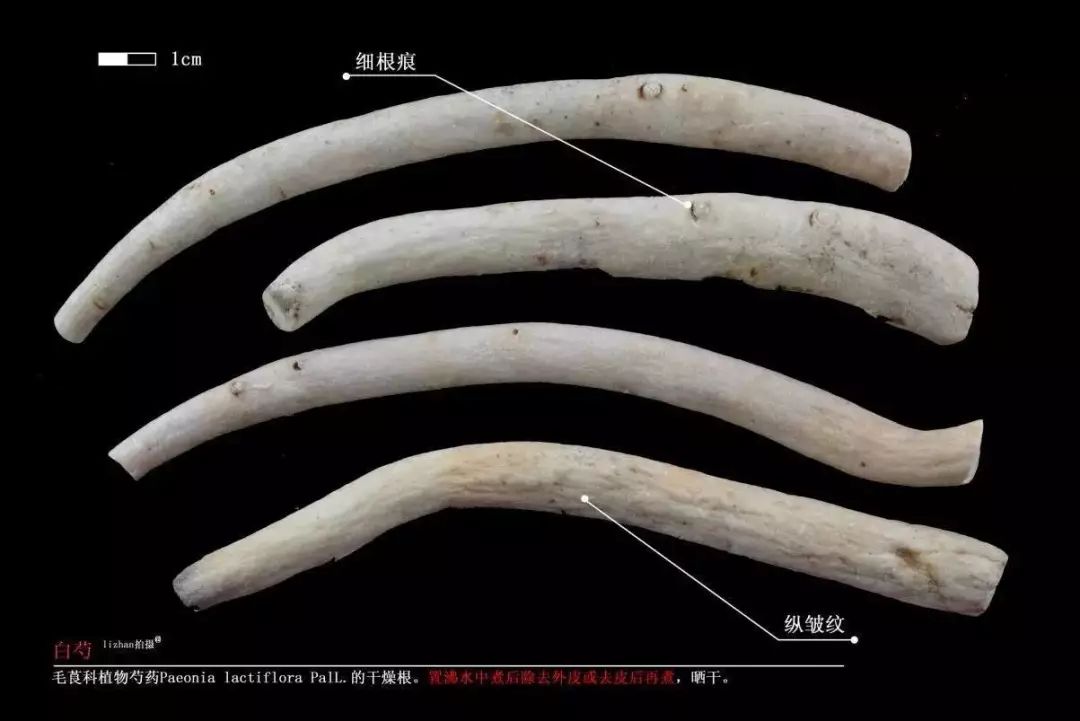
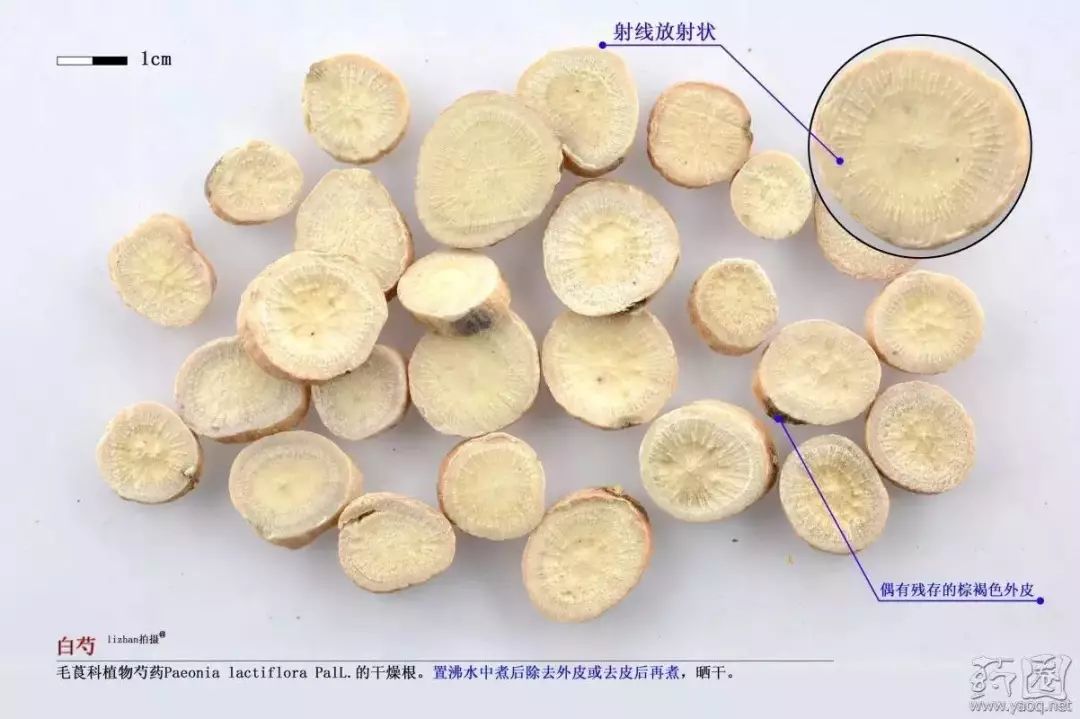
Click the image to enlarge.
Textbook images
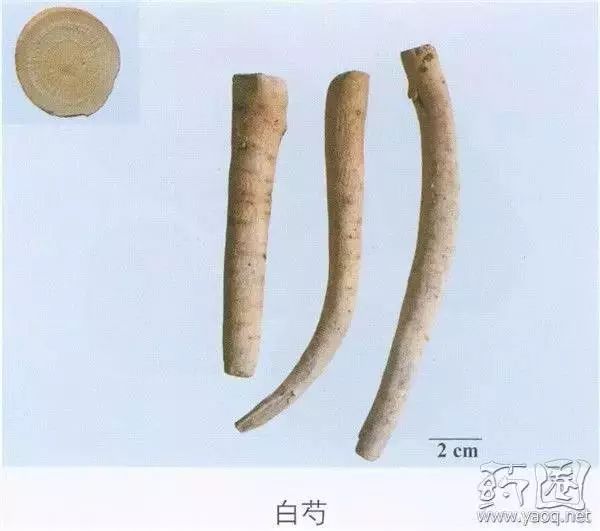
Network images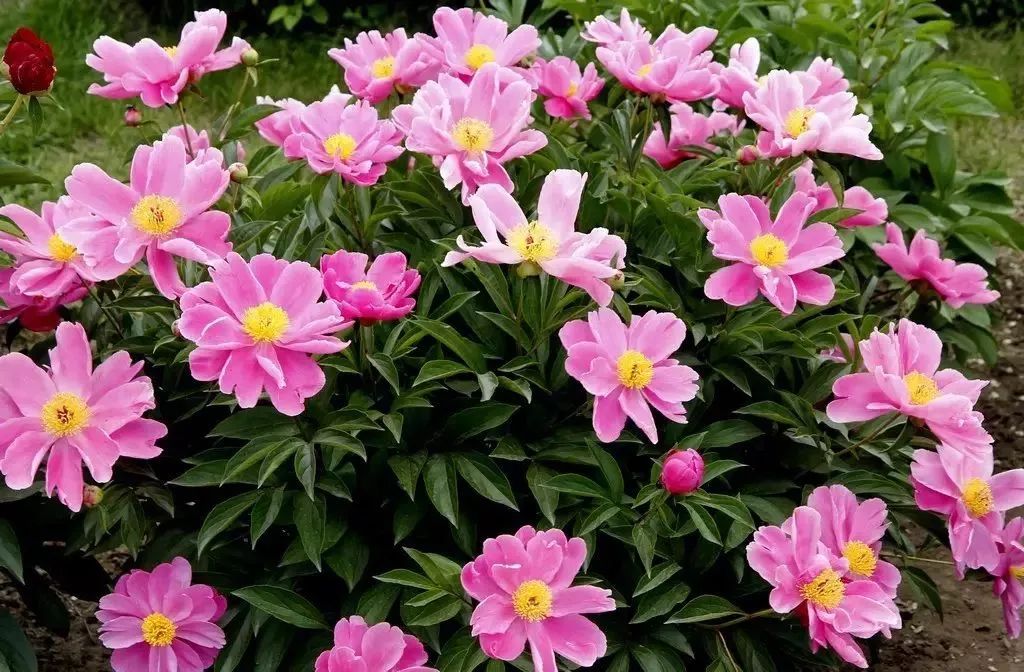
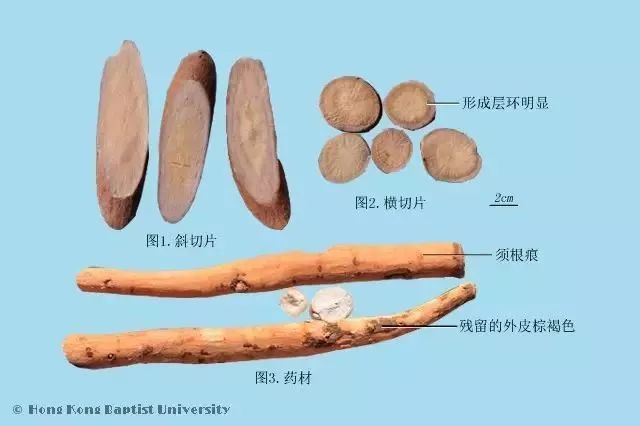 Produced mainly in Zhejiang, Anhui, Sichuan, Guizhou, Shandong, and other provinces, all cultivated. Harvesting and processing are done in summer and autumn by digging, washing, removing the heads and tails and fine roots, boiling in water to remove the outer skin or peeling before boiling, and then drying. Identification of the medicinal material:
Produced mainly in Zhejiang, Anhui, Sichuan, Guizhou, Shandong, and other provinces, all cultivated. Harvesting and processing are done in summer and autumn by digging, washing, removing the heads and tails and fine roots, boiling in water to remove the outer skin or peeling before boiling, and then drying. Identification of the medicinal material:
The material is cylindrical, straight or slightly curved, with flat ends, 5-18 cm long and 1-2.5 cm in diameter. The surface is whitish or light brownish-red, smooth or with longitudinal wrinkles and fine root marks, occasionally with remnants of brownish outer skin. It is solid, not easily broken, with a relatively flat cross-section, whitish or slightly brownish-red, with distinct growth rings and radiating rays. It has a faint odor and a slightly bitter, sour taste.
White Peony slices
They are thin, round slices. The surface is light brownish-red or whitish, smooth. The cut surface is whitish or slightly brownish-red, with distinct growth rings, and slightly raised vein patterns arranged radially. It has a faint odor and a slightly bitter, sour taste.
Fried White Peony
It resembles White Peony slices. The surface is slightly yellow or light brownish-yellow, with occasional scorched spots. It has a faint fragrance.
Wine White Peony
It resembles White Peony slices, with a slightly yellow or light brownish-yellow surface, with occasional scorched spots. It has a faint wine aroma.
Processing methods and names include Bai Shao, Chao Bai Shao, Jiu Bai Shao, Cu Bai Shao, Tu Chao Bai Shao.
① Bai Shao: Take the original medicinal material, remove impurities, separate into large and small pieces, wash, soak until 60-70% translucent, take out and let it rest until fully translucent, cut into thin slices, and dry. Sift out fragments.
② Jiu Bai Shao: Take White Peony slices, add a specific amount of yellow wine, mix well, let it rest until the wine is absorbed, then place in a frying container, heat gently, fry until dry, take out and cool. Sift out fragments. For every 100 kg of White Peony slices, use 10 kg of yellow wine.
③ Chao Bai Shao: Take White Peony slices, place in a frying container, heat gently, fry until the surface is slightly yellow, take out and cool. Sift out fragments.
④ Cu Bai Shao: Take White Peony slices, add a specific amount of rice vinegar, mix well, let it rest until the vinegar is absorbed, then place in a frying container, heat gently, fry until dry, take out and cool, sift out fragments. For every 100 kg of White Peony slices, use 15 kg of rice vinegar.
⑤ Tu Chao Bai Shao: Take a specific amount of stove heart soil (Fu Long Gan) fine powder, place in a frying container, heat over medium heat until the soil is in a flexible state, add White Peony slices, fry until the surface is coated with soil color and slightly scorched yellow, take out, sift out the soil powder, and spread out to cool. For every 100 kg of White Peony slices, use 20 kg of stove heart soil powder.
Processing effects: Bai Shao has a bitter, sour taste and is slightly cold in nature. It enters the liver and spleen meridians. It has the functions of draining liver fire, calming liver yang, nourishing yin, and alleviating irritability. It is often used for liver yang rising, headaches, dizziness, tinnitus, yin deficiency with heat, irritability, and easy anger.
① Fried White Peony has a milder cold nature, primarily nourishing blood and the nutritive qi, restraining yin and stopping sweating. It is used for blood deficiency with sallow complexion, abdominal pain, diarrhea, spontaneous sweating, and night sweats.
② Wine White Peony reduces the cold nature and liver-purging properties, enters the blood aspect, is good at regulating menstruation and stopping bleeding, softening the liver and relieving pain, used for liver qi stagnation with blood deficiency, flank pain, abdominal pain, irregular menstruation, and limb cramping pain.
③ Cu Bai Shao has the strongest effect of guiding herbs into the liver, nourishing blood, restraining blood, and soothing the liver to relieve depression.
④ Tu Chao Bai Shao can utilize the earth’s energy to enter the spleen, enhancing blood nourishment and stopping diarrhea, suitable for liver excess with spleen deficiency, abdominal pain, and diarrhea.
Properties and flavor: sour, sweet, bitter, slightly cold. It enters the liver and spleen meridians. Characteristics: This product is sweet, nourishing, sour, restraining, bitter, draining, and slightly cold, entering the liver and spleen meridians. It nourishes blood, regulates menstruation, softens the liver, relieves pain, restrains yin, stops sweating, and calms liver yang, slightly clearing heat, primarily treating yin and blood deficiency, liver excess, and yang hyperactivity, also treating body weakness and excessive sweating.
Functions: Nourishes blood, regulates menstruation, restrains yin, stops sweating, softens the liver, relieves pain, calms liver yang. Main indications:
(1) Blood deficiency with sallow complexion, irregular menstruation, dysmenorrhea, and excessive bleeding.
(2) Yin deficiency with night sweats, spontaneous sweating.
(3) Chest, flank, and abdominal pain due to disharmony between liver and spleen, or limb cramping pain.
(4) Headaches and dizziness due to liver yang rising.
Dosage: For internal use: decoction, 5-15g; or in pills or powders. For nourishing blood and regulating menstruation, often used fried; for calming the liver and restraining yin, often used raw. Caution: Avoid with Li Lu. Pharmacology: This product has effects on regulating immune function, sedation, analgesia, relieving spasms, inhibiting platelet aggregation, dilating coronary arteries, lowering blood pressure, anti-inflammatory, and liver protection.
The story of Peony:
It is said that the famous physician Hua Tuo from the Three Kingdoms period had medicinal herbs planted all around his house. He had a deep understanding of these herbs. One day, he planted a peony given by a friend in the ground outside his window and studied it for several days, but found no medicinal value, so he ignored it. One night, as Hua Tuo was dozing off, he heard someone crying outside the window. He opened his eyes and saw a woman in red standing outside in the moonlight. He quickly got up and ran outside to check. However, there was no one there, only the red-flowered peony gently swaying in the wind. He was puzzled and returned to the house to wake his wife to tell her what happened. His wife laughed and said, “The Peony girl has shown her spirit. She is unhappy with your indifference.” Hua Tuo replied, “The peony indeed has little use.” His wife said, “Sister Zheng at the village head uses peony root to treat menstrual disorders; many women secretly go to her for help.” Hua Tuo said, “Gynecological diseases are my weak point. I will go find Sister Zheng tomorrow to ask for advice.”
After consulting with Sister Zheng, Hua Tuo learned that different processing methods could turn peony root into Bai Shao and Chi Shao. Bai Shao can treat excessive menstruation and dangerous bleeding, while Chi Shao can treat amenorrhea and injuries. The dosage for both Bai Shao and Chi Shao is three qian per dose, decocted for consumption. The dosage should generally not be too large to avoid overburdening the liver. Later, Hua Tuo conducted in-depth research on Bai Shao and discovered that it treats excessive bleeding by nourishing blood to achieve hemostatic effects. He believed that excessive bleeding is not simply a matter of uncontrolled bleeding, but that there is a “pathogenic factor” in the blood causing it to “run amok” abnormally, so the blood must first be nourished well, and then the menstrual blood will return to normal; one cannot simply use hemostatic drugs to stop the bleeding. Bai Shao possesses excellent blood-nourishing functions in gynecology.
Later, Hua Tuo was killed by Cao Cao, and the medical books he wrote were lost. However, some content, including the processing methods and effects of Bai Shao and Chi Shao, was passed down through his students.
Source: Yaoquan Network


